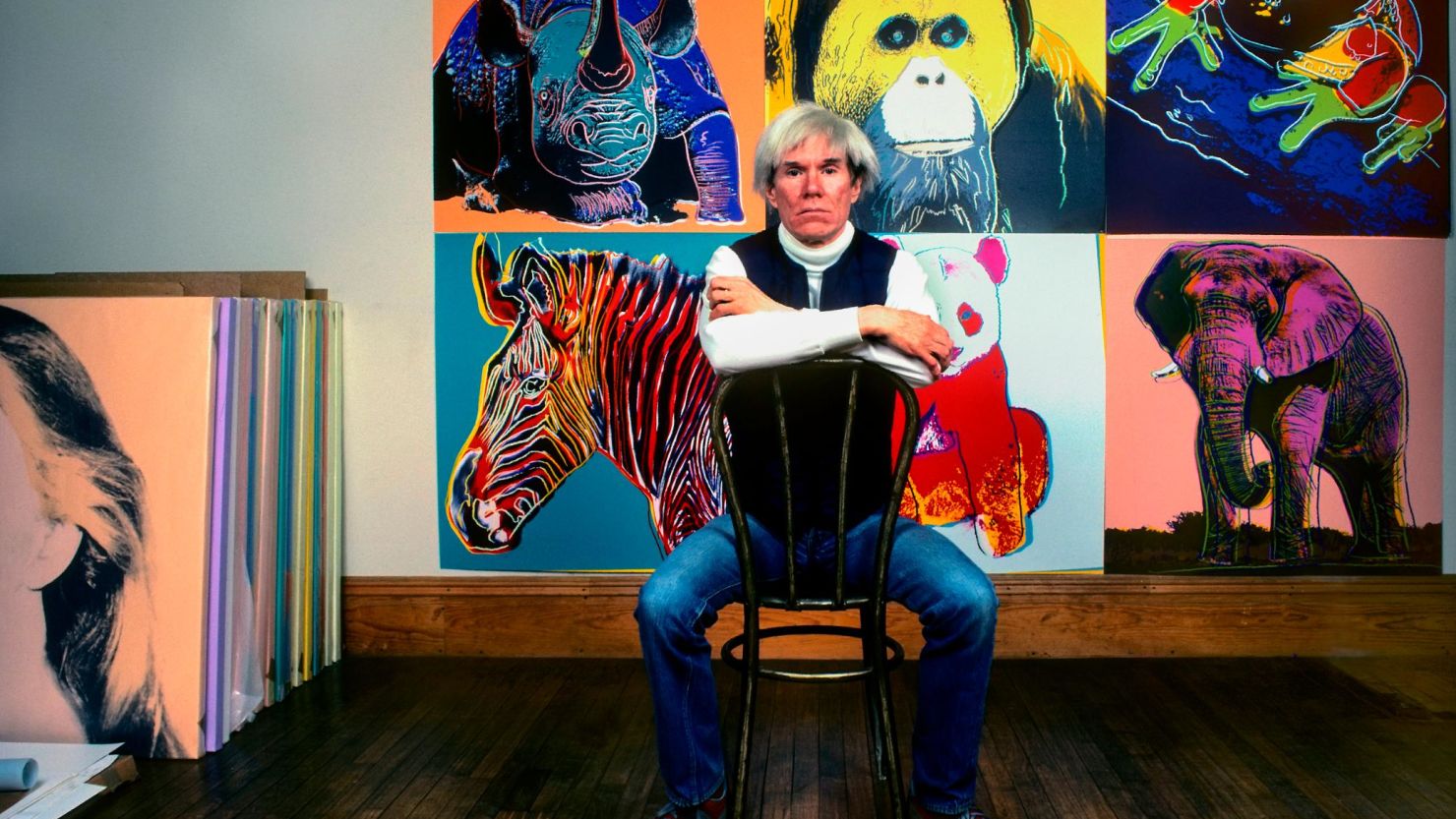The Supreme Court on Monday said it would take up a case concerning whether the late Andy Warhol infringed on a photographer’s copyright when he created a series of silkscreens of the musician Prince.
The case could impact artists who draw inspiration from pre-existing works.
Lawyers for the Warhol Foundation asked the Supreme Court to take up the case, arguing that a lower court decision that went against the artist “threatens a sea change” in the law of copyright.
Central to the case is the so called “fair use” doctrine in copyright law, which permits the unlicensed use of copyright-protected works in certain circumstances. The justices will delve into how it applies to art inspired by a preexisting photograph.
In court papers, lawyers for the Warhol Foundation said that the artist created the “Prince Series” – a set of portraits that transformed a preexisting photograph of the musician Prince into a series “commenting on celebrity and consumerism.”
They said that in 1984, the Vanity Fair commissioned Warhol to create an image of Prince for an article called “Purple Fame.” At the time, Vanity Fair licensed a black-and-white photo that had been taken by Lynn Goldsmith.
“Warhol produced the first image in the Prince Series, using Goldsmith’s photograph as source material,” Roman Martinez, a lawyer for the foundation said in court papers.
Martinez said Warhol made substantial changes in tone, lighting and detail and “transformed” Goldsmith’s original image to create pieces that “comment on the manner in which society encounters and consumes celebrity.”
In 2016, after Prince died, Vanity Fair published a tribute using one of Warhol’s Prince Series works on the cover.
The Warhol Foundation, believing that Goldsmith would sue, sought a “declaration of noninfringement” from the courts. Goldsmith countersued with a claim of copyright infringement. In court papers, her lawyers said she had been “stunned” to “realize that Warhol had created silkscreens of Prince using her original portrait.”
A lower court ruled in favor of Warhol concluding that Warhol’s work was “transformative” because it communicated a different message from Goldsmith’s original work. The court held that the use of the photograph constituted fair use.
A federal appeals court reversed and said the case could proceed.
Lawyers for Goldsmith had urged the Supreme Court to stay out of the dispute.
The case will be heard next term.





